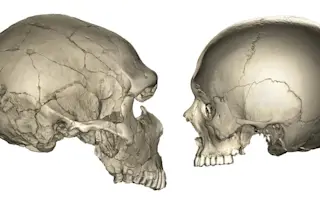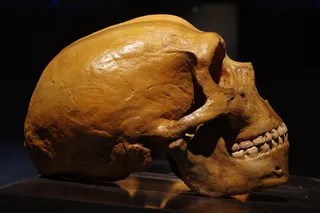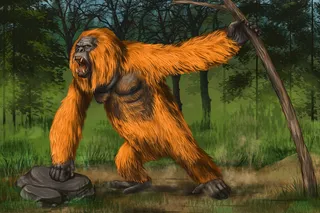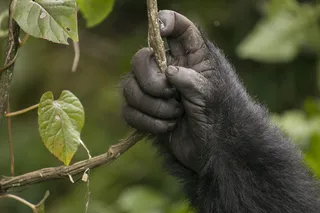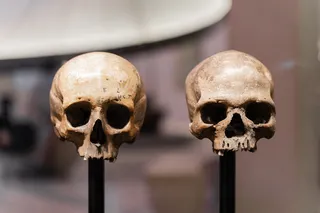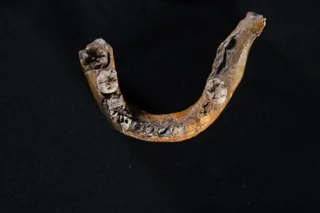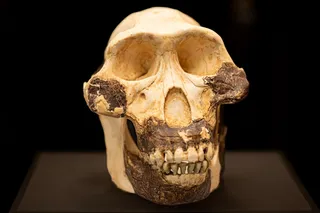Thanks to modern technology (and based on skull remains), we can now reconstruct a likely approximation of the faces of our ancient Neanderthal ancestors. When we look at those faces, we see beings that resemble us in many ways, but with more robust features, larger noses, and forward-projected midfaces, especially compared to our narrower, more delicate features.
The exact mechanisms behind the differences in facial features between Neanderthals and modern humans are still not fully understood. This gap in knowledge has inspired researchers from the Max Planck Institute for Evolutionary Anthropology in Leipzig, Germany, to explore how facial shapes evolved from a molecular and cellular perspective.
Their study, published in the Journal of Human Evolution, compared fossils from Neanderthals, chimpanzee skulls, and modern human skulls. They found that, besides Neanderthals and humans already showing clear differences from birth, humans stop growing much earlier than their cousins.
One way to explain ...



